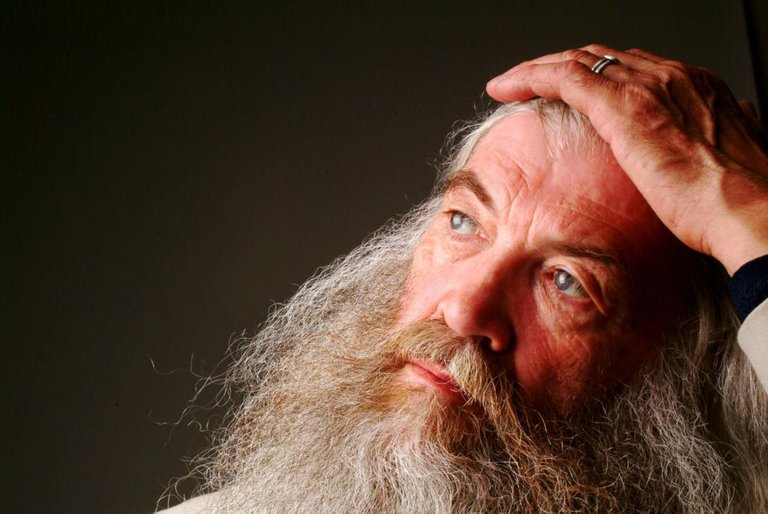What is IEEE 1584?


The latest revision of IEEE 1584 was released in 2002, and since then there has been much work on preparing and releasing a new version which with the increase in renewable energies and the necessary DC and larger capacitors, this new revision is greatly needed. But I'm getting ahead of myself.
IEEE 1584 2002 is
The Guide for Performing Arc-Flash Hazard Calculations published by IEEE Standards. This guide helps engineers, safety professionals, and manufacturers estimate the thermal energy that a worker would be exposed to in the event of an arc flash event. CSA Z462 and NFPA 70E both recognize this standard as an acceptable means of evaluating the risk associated to an arc flash hazard regarding the thermal energy.
IEEE 1584 Limitations
The 2002 version of IEEE 1584 does have some limitations, that at the made a lot of sense based on the installed electrical systems. They are:
- Short Circuit Current - 700 Amps - 106,000 Amps
- Three Phase Faults Only
- Frequency 50 Hz to 60 Hz
- Conductor Gap 13 mm to 152 mm
- Sinusoidal AC only
Other Limitations
You may have noticed above that I kept mentioning "thermal energy", well that is all that IEEE 1584 allows you to determine, the output of the equations are a energy density. The other hazards associated with an arc flash event include:- bright light
- they are loud
- physical and moving parts
Closing
Most of you will only be applying IEEE 1584 through the software you use to determine the arc flash incident energy, and won't need to know the complete ins and outs of how the standard is developed. IEEE 1584 is the best calculation method we have and as it develops it will be a much more completed standard. If you like this post but want some actionable advice, tips and information, check out our newsletter. You can sign up here or below. By signing up you get a free report on what an Electrical Safety Program is, and how to go about building one at your facility.Subscribe to our mailing list
* indicates required
First Name *
Email Address *
If you like this article and want to hear more sign up for our newsletter at jmkengineering.com/newsletter
0
0
0.000
0 comments